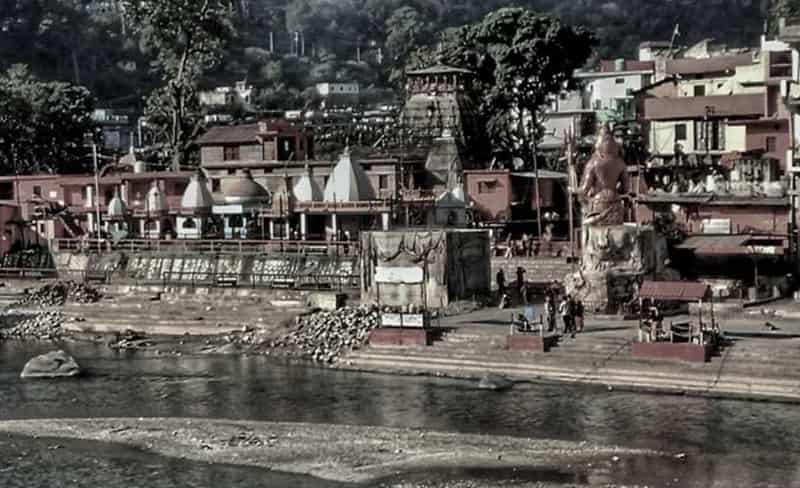History of Bageshwar
Bageshwar, a quaint town nestled in the Kumaon region of Uttarakhand, India, boasts a rich tapestry of history that spans centuries. The town derives its name from the Bagnath Temple, dedicated to Lord Shiva, which holds immense cultural and historical significance. The historical journey of Bageshwar is marked by religious fervor, cultural amalgamation, and strategic importance, making it a captivating narrative to explore.

Ancient Origins
The roots of Bageshwar can be traced back to ancient times when it was known as Vyaghrapuri. Legend has it that the town was founded by the great sage Vyasa, who played a pivotal role in compiling the epic Mahabharata. Vyaghrapuri later evolved into Bageshwar, signifying the town’s association with the Tiger (Vyaghra), a form of Lord Shiva.
The Bagnath Temple
Central to Bageshwar’s history is the Bagnath Temple, a sacred shrine dedicated to Lord Shiva. The temple’s architecture and inscriptions speak volumes about the town’s cultural evolution. The construction is believed to have started in the 7th century, and subsequent rulers, including the Chand and Katyuri dynasties, contributed to its expansion.
Medieval Period and Dynastic Rule
Bageshwar gained prominence during the medieval period as various dynasties vied for control over this strategic region. The Katyuri dynasty, known for its patronage of art and culture, left an indelible mark on Bageshwar. The intricate carvings and sculptures in the temples of the region reflect the artistic prowess of the Katyuri rulers.
In the 16th century, the Chand dynasty took over, adding to the architectural splendor of Bageshwar. The rulers of this dynasty were instrumental in fostering trade and cultural exchange, turning the town into a flourishing center of commerce and spirituality.
Strategic Importance
Bageshwar’s geographical location lent it strategic importance throughout history. The town served as a crucial gateway for trade between the plains and the mountainous regions. The Katyuri and Chand rulers recognized its strategic significance, fortifying the town to safeguard their interests.
Colonial Era
The colonial era brought significant changes to Bageshwar. The British, expanding their influence in the Indian subcontinent, sought control over strategic locations. Bageshwar became part of British India in the 19th century, and the colonial administration left its imprint on the town’s governance, infrastructure, and educational institutions.
Post-Independence Era
With India gaining independence in 1947, Bageshwar became an integral part of the newly formed state of Uttar Pradesh. Later, in 2000, Uttarakhand was carved out as a separate state, and Bageshwar became one of its districts. This administrative reorganization aimed at better governance and development of the region.
Cultural Heritage and Festivals
Bageshwar’s cultural heritage is vibrant, with a blend of Hindu traditions and local customs. The town hosts various festivals, with the most significant being the Uttarayani Mela. Celebrated in January, this fair attracts pilgrims and tourists alike, contributing to the town’s cultural and economic prosperity.
Natural Beauty and Tourism
Apart from its historical and cultural significance, Bageshwar is renowned for its breathtaking natural beauty. Surrounded by snow-capped peaks, lush green valleys, and pristine rivers, the town has become a popular tourist destination. Trekkers and nature enthusiasts flock to explore the nearby Binsar Wildlife Sanctuary and Pindari Glacier.
Challenges and Conservation Efforts
Despite its rich history and natural allure, Bageshwar faces modern challenges such as environmental degradation and infrastructure constraints. Efforts are underway to balance development with conservation, ensuring that the town’s heritage and ecosystem are preserved for future generations.
Conclusion
Bageshwar’s history unfolds like a captivating saga, with chapters written by ancient sages, dynastic rulers, colonial administrators, and modern-day custodians. From its origins as Vyaghrapuri to its present-day identity, the town has weathered the sands of time, preserving a legacy that beckons curious minds and spiritual seekers alike. As Bageshwar continues to evolve, its history remains an integral part of its identity, contributing to the tapestry of India’s cultural and historical heritage.
Also Read







